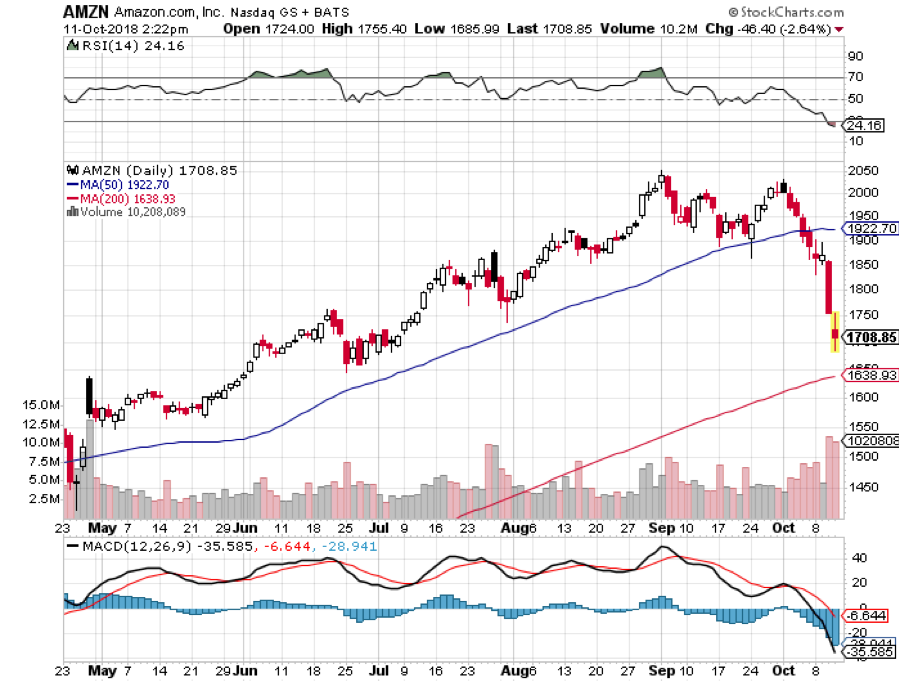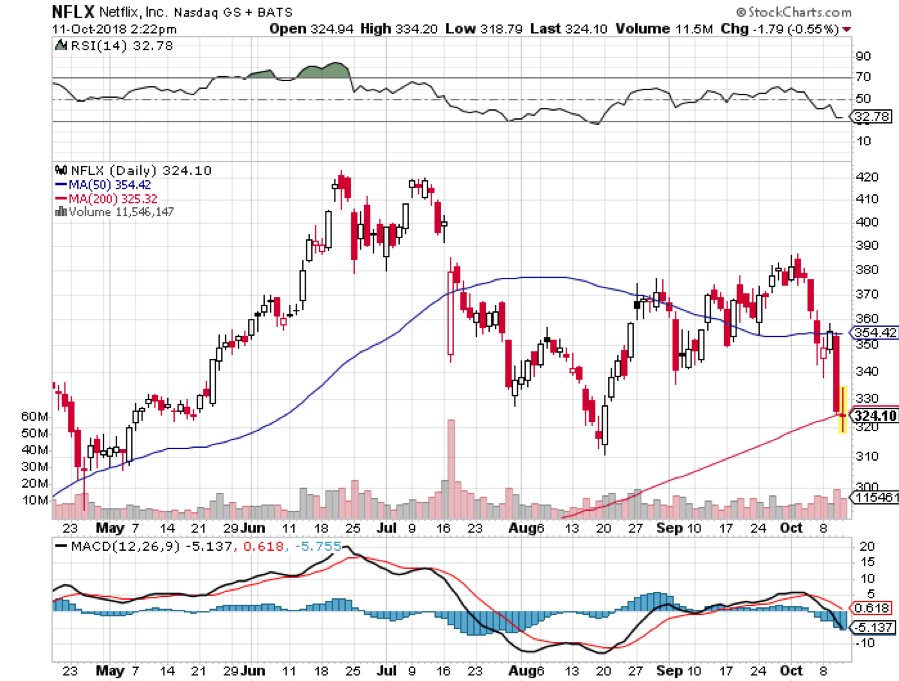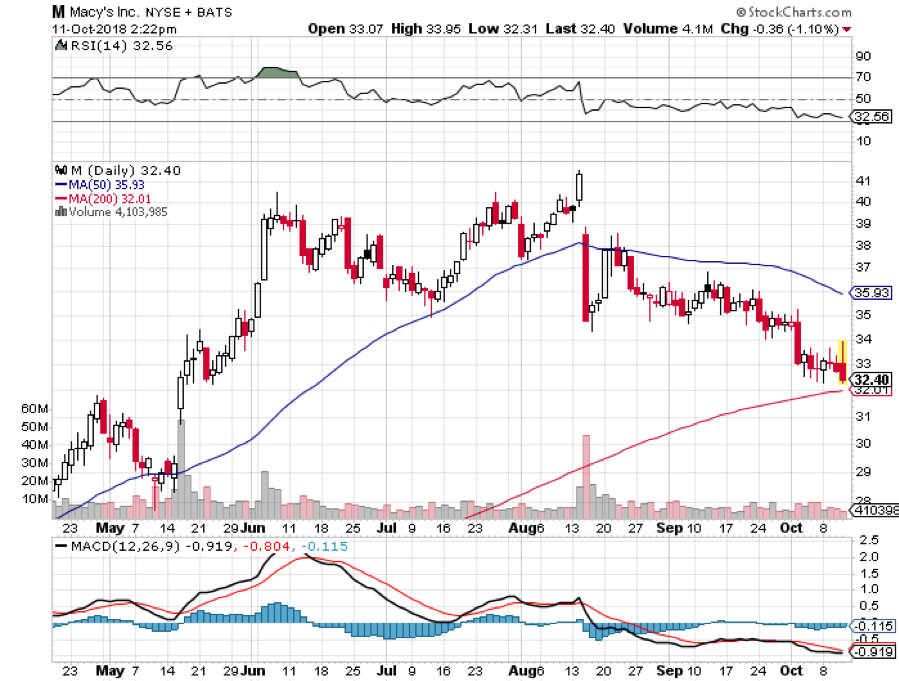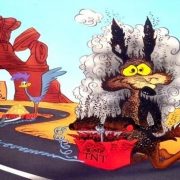That would be Netflix (NFLX), whose earnings have been on a tear all year, sending the shares soaring.
By this summer the company boasted a staggering 130 million subscribers, with much of the recent growth coming from overseas.
Traders went gaga over the numbers.
Indeed, the firm tracks every keystroke you make.
Watch the sultry tropical thriller Bloodline (sadly scheduled for cancellation), and the company’s clever AI will steer you straight into a like-minded series.
It’s like the “roach motel” network. Once you check in, you can never check out.
Analysts briefly worried about Netflix when Disney (DIS) announced it was pulling its offerings from the omniscient online streaming company, a major seller.
To watch Buzz Lightyear, Woody, and an interminable number of nearly identical princesses (I have three daughters) you’ll have to seek out Disney’s own distribution channel sometime in the future.
But the firm shot back with an $8 billion budget for original content for 2018, in one fell swoop making it one of the largest Hollywood production firms.
Now Netflix is a regular feature of the annual Oscar presentations. Last month it won an impressive 23 Emmys, tying AT&T Warner Media’s HBO for the first time.
They say a picture is worth a thousand words, and I just found 3,000 of them.
Look at three stock charts and you will immediately understand some of the most important structural trends now sweeping through our economy.
Those would be the charts for Amazon (AMZN), Netflix (NFLX), and Macy's (M).
Retail Sales are clearly in a secular long-term decline. Indeed, Macy’s (M) announced last year that it is closing 100 of its 769 stores.
Are these numbers revealing a major new trend in our society? Are we soon to have our every need catered to without lifting a finger?
Have We Become a Nation of Couch Potatoes?
After spending weeks preparing a major research piece for a private client on artificial intelligence, I would have to say that the answer is an overwhelming “Yes!”
Artificial intelligence, or AI, is far more pervasive than you think. Half of all apps now rely on some form of AI, and within five years, all of them will.
Within a decade, AI will cure cancer and most other human maladies, drive our cars, decide our elections, and do our shopping.
You probably all know that Northern California has been besieged with wildfires lately.
Guess what has suddenly started populating my screen? Adds for smoke detectors!
AI has become the leading market theme for 2018.
People my age all remember George Jetson, the space age cartoon series, who only had to work an hour a day because machines did the rest of the work for him.
The modern incarnation of his ultra-light workweek will be far darker and more sinister.
Instead of a one-hour day, it is far more likely that one person will keep a full time eight-hour a day job, while another seven unfortunates become full time unemployed.
By the way, I am determined to be that one guy with a job. So should you.
Indeed, I am increasingly coming across dire predictions that 30% of all jobs will disappear within ten years.
I’m sure that they will.
The real question is whether that 30%, or more, will be replaced by jobs yet to be invented. I bet they will.
Evolution and creative destruction are now happening on fast forward.
After all, some 25% of the professions listed on the Department of Labor website did not exist a decade ago.
SEO manager? Concert social media buzz creator? Online affiliate manager? Solar panel installer? Reputation defender?
What does the stock market do in this new dystopian society? It goes through the roof.
After all, far fewer workers creating a greater output generate much larger earnings that send share prices soaring.
It is all a crucial part of my “Golden Age” scenario for the 2020s.
Having said all that, I think I’ll go binge-watch Netflix’s tropical film noir “Bloodline.” I hear it’s hot.
“Game of Thrones” and “House of Cards” don’t restart until next year.




Our Future?






